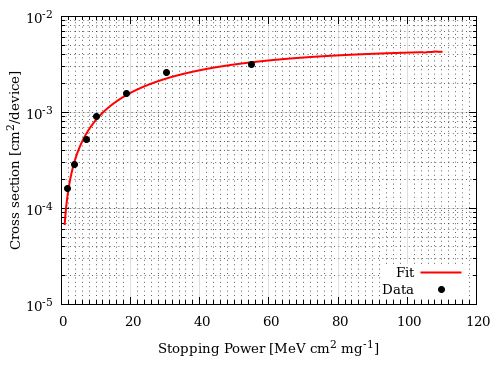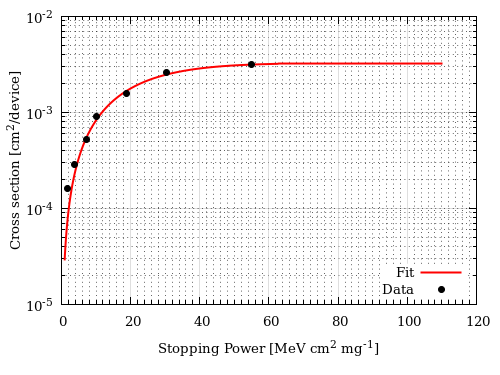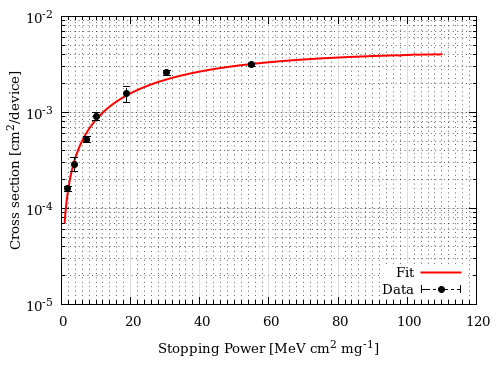 and MIGRAD alone:
and MIGRAD alone:
 Copy and paste the data (with errors) here to reproduce the following example with MIGRAD+HESSE as minimization method.
Copy and paste the data (with errors) here to reproduce the following example with MIGRAD+HESSE as minimization method.

 and MIGRAD alone:
and MIGRAD alone:
 Copy and paste the data (with errors) here to reproduce the following example with MIGRAD+HESSE as minimization method.
Copy and paste the data (with errors) here to reproduce the following example with MIGRAD+HESSE as minimization method.
